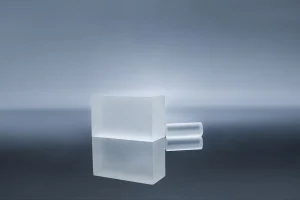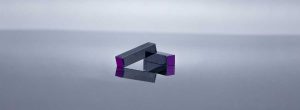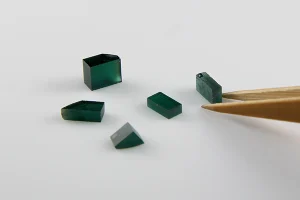Introduction
In the world of optics, crystals play a crucial role in various applications. LBO and BBO crystals are two of the most commonly used nonlinear crystals in the industry. LBO, or Lithium Triborate, and BBO, or Beta-Barium Borate, crystals are used in numerous applications such as frequency doubling, harmonic generation, and optical parametric oscillation.
Choosing the right crystal for your application is essential for achieving the desired outcome. LBO and BBO crystals have their unique properties and benefits, making it challenging to decide which one to use. This book aims to provide a detailed analysis of LBO and BBO crystals and compare their properties and applications. We will explore the advantages and disadvantages of each crystal and provide valuable insights into selecting the right crystal for your application.
Introduction to LBO and BBO Crystals
LBO and BBO crystals are important nonlinear optical materials that have found extensive applications in many fields. In this chapter, we will delve into the properties and features of these two crystals, their structures, and how they work as nonlinear optical materials.
LBO crystal
LBO crystal, also known as lithium triborate, is a nonlinear optical crystal that belongs to the trigonal crystal system. It has a chemical formula of LiB3O5 and a Mohs hardness of 5.5. The crystal was discovered in 1965 by A. Yariv and P. W. Smith. LBO crystals have excellent optical properties, such as a high damage threshold, wide acceptance angle, and high nonlinear coefficient. They are transparent in the ultraviolet to near-infrared spectral range and are used extensively in frequency doubling and harmonic generation applications.
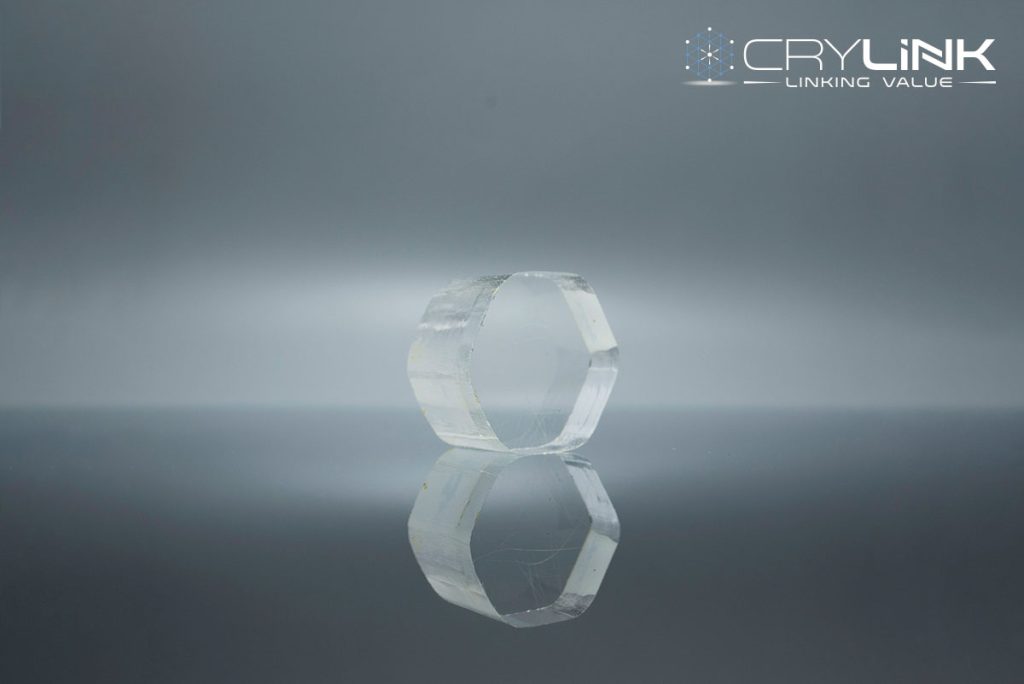
The crystal structure of LBO is composed of borate tetrahedral, BO3, and BO4 groups, connected via shared oxygen atoms to form a three-dimensional network. Lithium atoms are situated in tetrahedral cavities within the borate network, which provides stability to the crystal structure. The presence of the lithium atom in the crystal structure of LBO contributes to its high damage threshold and stability at high temperatures.
BBO crystal
BBO crystal, also known as beta-barium borate, is a nonlinear optical crystal that belongs to the trigonal crystal system. It has a chemical formula of β-BaB2O4 and a Mohs hardness of 4.5. BBO crystals were first synthesized in 1962 by N. Bloembergen and R. K. Chang. They are transparent in the ultraviolet to mid-infrared spectral range and have excellent optical properties, including a high damage threshold, wide acceptance angle, and high nonlinear coefficient. BBO crystals are commonly used in frequency doubling, harmonic generation, and optical parametric oscillation applications.
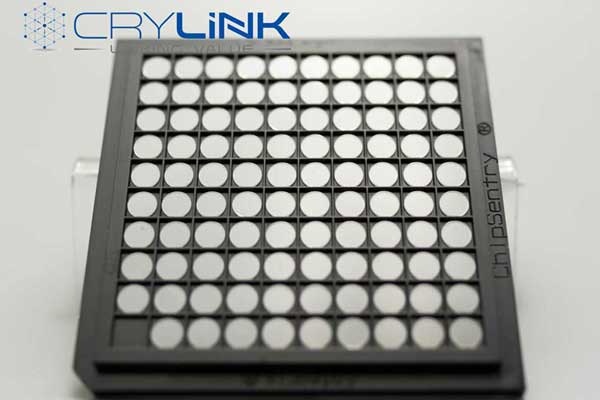
The crystal structure of BBO is composed of BO3 triangles and BO4 tetrahedra linked by shared oxygen atoms to form a three-dimensional network. Barium atoms are located in channels within the borate network, and these channels are surrounded by borate tetrahedra. The structure of BBO is relatively complex, with two non-equivalent borate units that contribute to its unique optical properties.
Properties of LBO and BBO crystals
LBO and BBO crystals have similar properties due to their structural similarities. Both crystals have a high nonlinear coefficient, making them ideal for nonlinear optical applications. They also have a high damage threshold and are resistant to photorefractive damage. However, there are differences in their physical properties that make each crystal unique.
LBO crystals have a higher temperature stability and a wider angular acceptance than BBO crystals. LBO crystals can withstand higher temperatures without damage, making them ideal for high power applications. They also have a wider angular acceptance, making them suitable for collimated beams. On the other hand, BBO crystals have a larger effective nonlinear coefficient and a broader transparency range. These differences in properties make them suitable for different applications.
Conclusion
LBO and BBO crystals are essential nonlinear optical materials that have found extensive applications in many fields. Both crystals have excellent optical properties, including a high damage threshold, wide acceptance angle, and high nonlinear coefficient. They are transparent in the ultraviolet to near-infrared spectral range and are used extensively in frequency doubling and harmonic generation applications.
LBO crystals have a higher temperature stability and a wider angular acceptance than BBO crystals, while BBO crystals have a larger effective nonlinear coefficient and a broader transparency range. In the following chapters, we will explore the properties and applications of LBO and BBO crystals in greater detail.
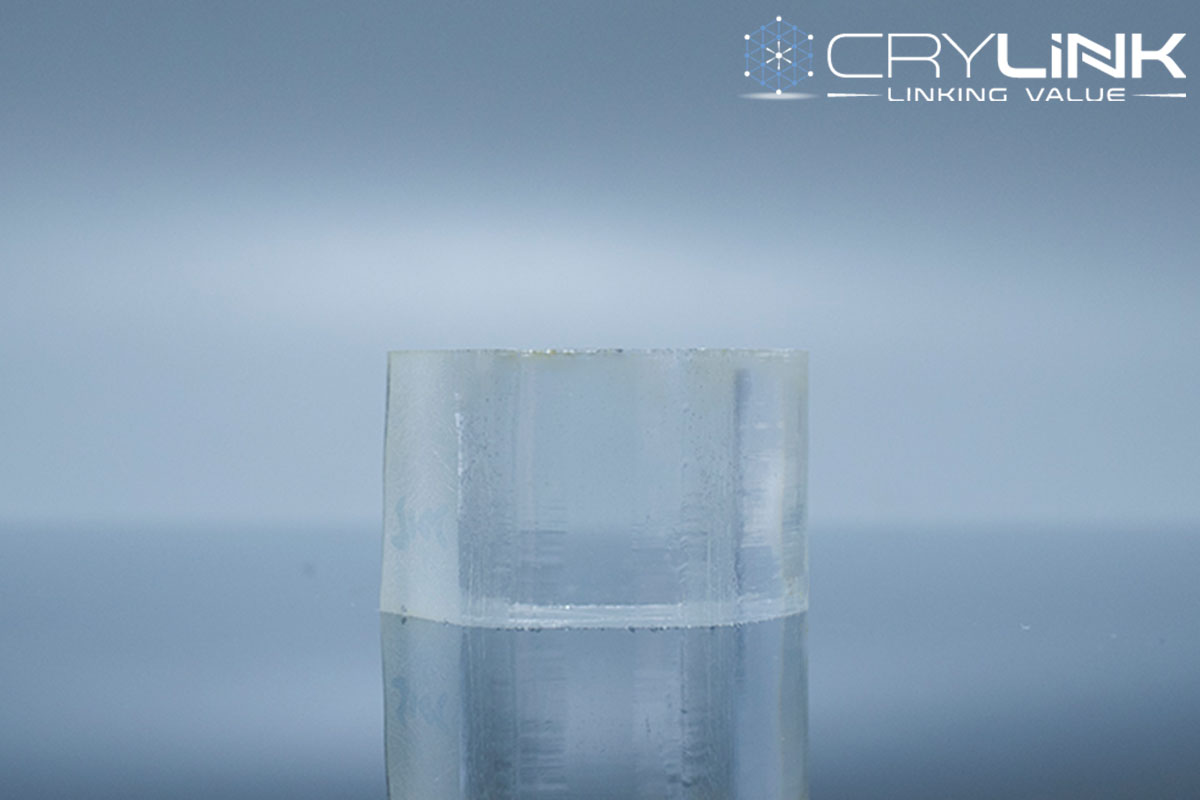
LBO Crystal
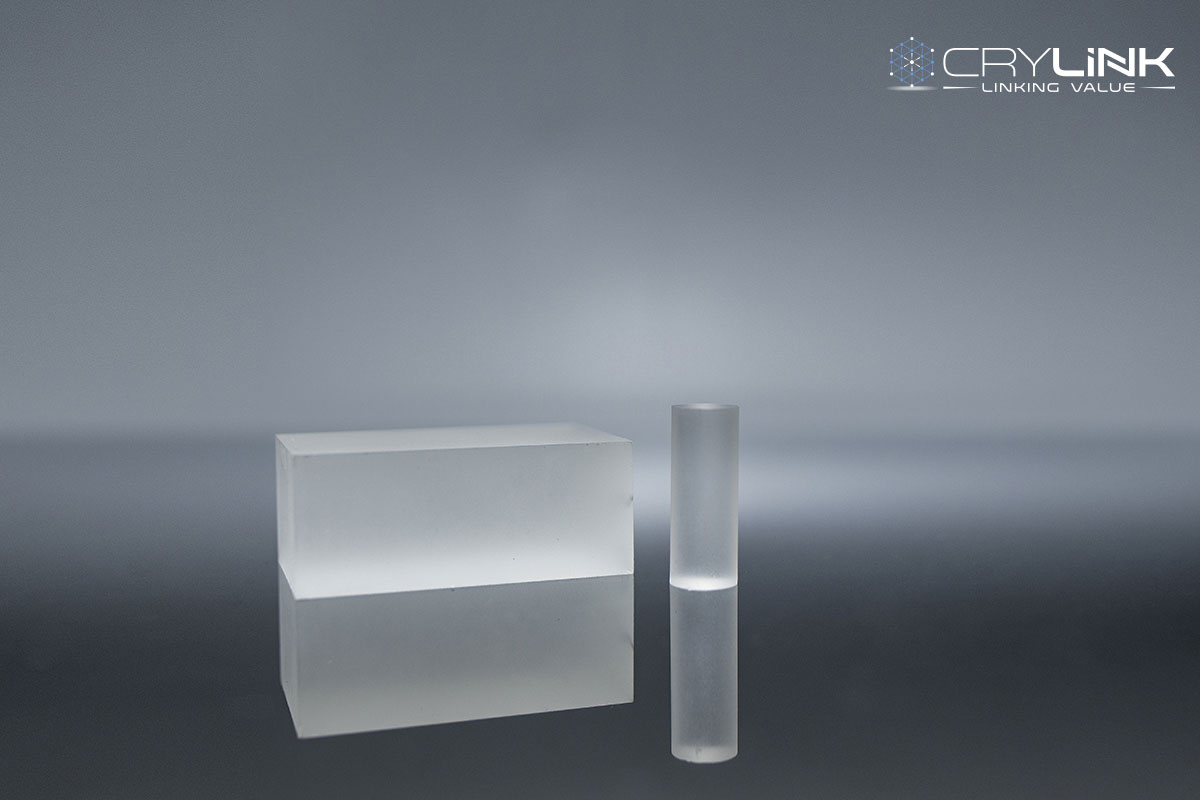
BBO Crystal
Properties of LBO Crystals
LBO crystals are one of the most widely used nonlinear optical crystals in the industry due to their excellent optical properties. In this chapter, we will explore the properties of LBO crystals in detail, including their crystal structure, physical properties, and optical properties.
Crystal structure
LBO crystals belong to the trigonal crystal system and have a space group of R3c. The crystal structure of LBO is composed of borate tetrahedral, BO3, and BO4 groups, connected via shared oxygen atoms to form a three-dimensional network. Lithium atoms are situated in tetrahedral cavities within the borate network, which provides stability to the crystal structure.
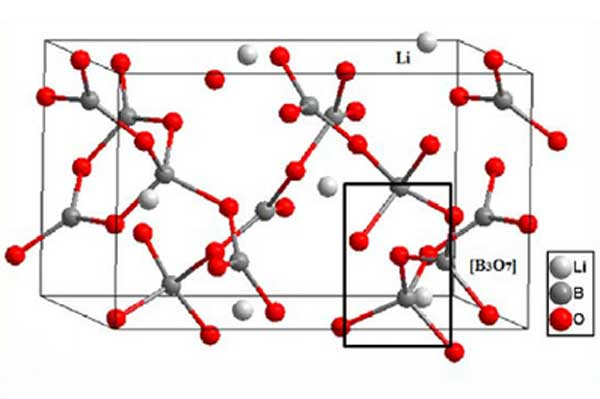
Physical properties
LBO crystals have a high melting point of approximately 834°C and a Mohs hardness of 5.5. They are optically isotropic and have a refractive index of 1.54 at a wavelength of 1.064 μm. LBO crystals are transparent in the ultraviolet to near-infrared spectral range and have a wide acceptance angle of approximately 6°.
One of the most significant advantages of LBO crystals is their high damage threshold. They can withstand high power densities without experiencing photorefractive damage. Additionally, LBO crystals are resistant to thermal shock and have excellent mechanical properties.
Optical properties
LBO crystals have excellent optical properties that make them ideal for nonlinear optical applications. They have a high nonlinear coefficient of approximately 5 pm/V, making them efficient for frequency doubling and harmonic generation applications. LBO crystals have a broad transparency range from 160 nm to 2.3 μm and a relatively high walk-off angle of approximately 1.3°.
LBO crystals are commonly used in frequency doubling applications for converting near-infrared lasers to visible lasers. They are also used in harmonic generation applications for generating higher harmonics of fundamental laser wavelengths. LBO crystals have a high conversion efficiency and a high beam quality, making them ideal for high power applications.
Conclusion
LBO crystals are one of the most widely used nonlinear optical crystals in the industry due to their excellent optical properties. They have a high damage threshold, wide acceptance angle, and high nonlinear coefficient, making them ideal for frequency doubling and harmonic generation applications. LBO crystals have a broad transparency range and a relatively high walk-off angle, making them suitable for collimated beams. Additionally, they have a high conversion efficiency and a high beam quality, making them ideal for high power applications.
Properties of BBO Crystals
BBO crystals are another widely used nonlinear optical crystal that has excellent optical properties. In this chapter, we will explore the properties of BBO crystals in detail, including their crystal structure, physical properties, and optical properties.
Crystal structure
BBO crystals belong to the trigonal crystal system and have a space group of R3c. The crystal structure of BBO is composed of BO3 triangles and BO4 tetrahedra linked by shared oxygen atoms to form a three-dimensional network. Barium atoms are located in channels within the borate network, and these channels are surrounded by borate tetrahedra. The structure of BBO is relatively complex, with two non-equivalent borate units that contribute to its unique optical properties.
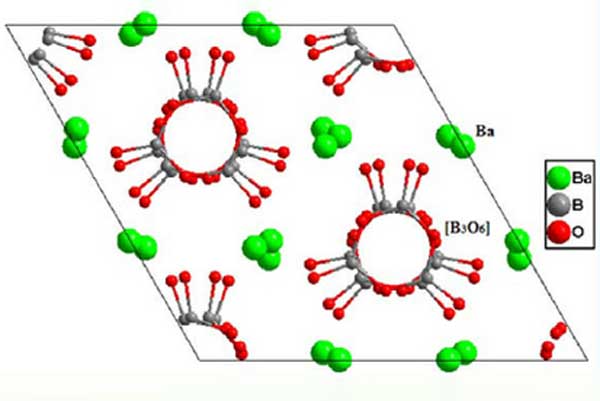
Physical properties
BBO crystals have a high melting point of approximately 1095°C and a Mohs hardness of 4.5. They are optically uniaxial, with a refractive index of approximately 1.67 in the extraordinary direction and 1.542 in the ordinary direction. BBO crystals are transparent in the ultraviolet to mid-infrared spectral range and have a wide acceptance angle of approximately 3.3°.
BBO crystals have a high damage threshold and are resistant to photorefractive damage. Additionally, BBO crystals have excellent thermal and mechanical properties, making them ideal for high power applications.
Optical properties
BBO crystals have excellent optical properties that make them ideal for nonlinear optical applications. They have a high nonlinear coefficient of approximately 2.7 pm/V, making them efficient for frequency doubling and harmonic generation applications. BBO crystals have a broad transparency range from 190 nm to 3.3 μm and a relatively low walk-off angle of approximately 0.3°.
BBO crystals are commonly used in frequency doubling applications for converting near-infrared lasers to visible lasers. They are also used in harmonic generation applications for generating higher harmonics of fundamental laser wavelengths. BBO crystals have a high conversion efficiency and a high beam quality, making them ideal for high power applications.
Conclusion
BBO crystals are another widely used nonlinear optical crystal that has excellent optical properties. They have a high damage threshold, wide acceptance angle, and high nonlinear coefficient, making them ideal for frequency doubling and harmonic generation applications. BBO crystals have a broad transparency range and a relatively low walk-off angle, making them suitable for collimated beams. Additionally, they have a high conversion efficiency and a high beam quality, making them ideal for high power applications. The unique crystal structure of BBO contributes to its excellent optical properties and resistance to photorefractive damage.


